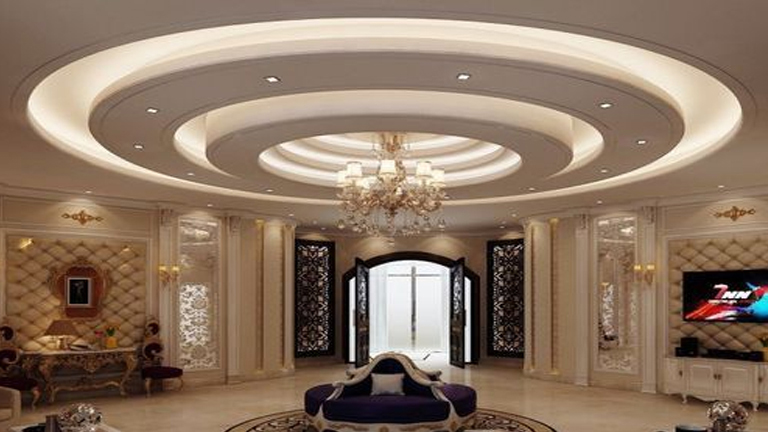Gypsum False Ceiling Works In Hyderabad, For More Details Contact 88855 34913
Gypsum False Ceiling Works In Hyderabad
Benefits of Gypsum False Ceiling:
Aesthetics: Gypsum false ceilings provide a seamless, uniform look that complements any interior design scheme.
Acoustics: The air space between the ceiling tiles and the original ceiling absorbs sound, creating a more comfortable acoustic environment.
Flexibility: Gypsum false ceilings are highly customizable. The layout of the tiles, lighting fixtures, and ventilation can be easily adjusted to meet changing needs.
Easy Installation: The pre-cut gypsum boards and metal framing make installation a relatively simple process.
Maintenance: Gypsum false ceilings are easy to clean and maintain. The ceiling tiles can be easily removed for access to utilities and repairs.
Types of Gypsum False Ceiling:
>There are two main types of gypsum false ceilings:
Exposed Grid System: The metal framing is exposed below the ceiling tiles, creating a grid pattern. Concealed Grid System: The metal framing is hidden by the ceiling tiles, giving a more monolithic appearance.
Applications:
Gypsum false ceilings are suitable for a wide range of applications, including:
- Offices and commercial buildings
- Hospitals and clinics
- Schools and universities
- Retail stores
- Residential homes
Advantages over Traditional Ceilings:
Compared to traditional drywall ceilings, gypsum false ceilings offer several advantages:
Cost-effectiveness: False ceilings are often more economical due to their easy installation and minimal finishing requirements.
Time-saving: False ceilings can be installed much faster than drywall ceilings.
Fire Resistance: Gypsum boards are naturally fire-resistant, providing additional safety in commercial and institutional settings.
Accessibility: False ceilings allow easy access to utilities, plumbing, and other services concealed beneath the ceiling.
Gypsum false ceilings are a versatile and efficient ceiling solution that enhances the aesthetics, acoustics, and functionality of any space. Their ease of installation, flexibility, and maintenance-friendliness make them an ideal choice for both commercial and residential applications.
